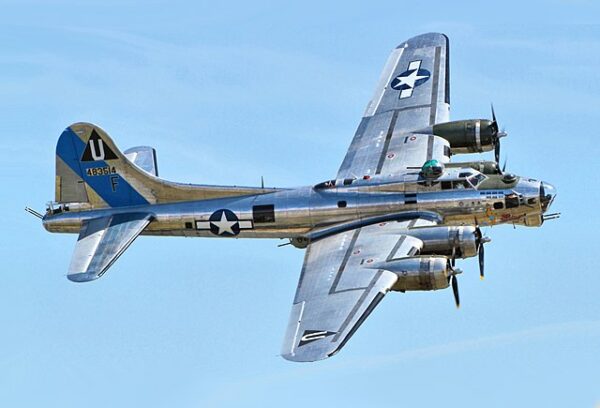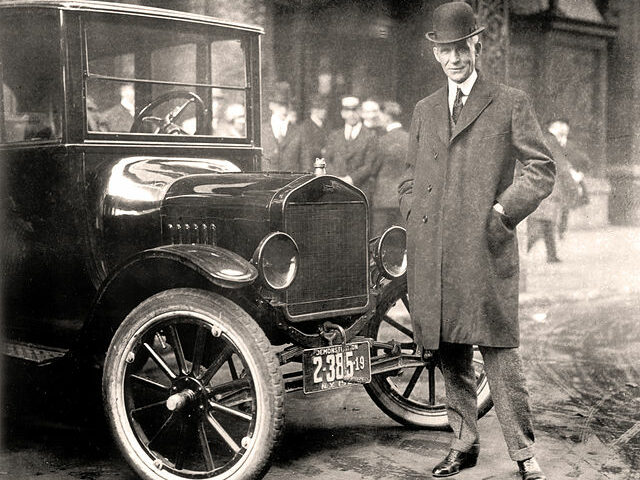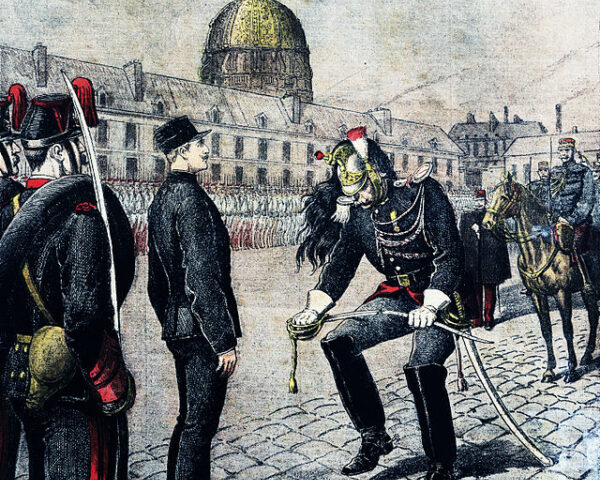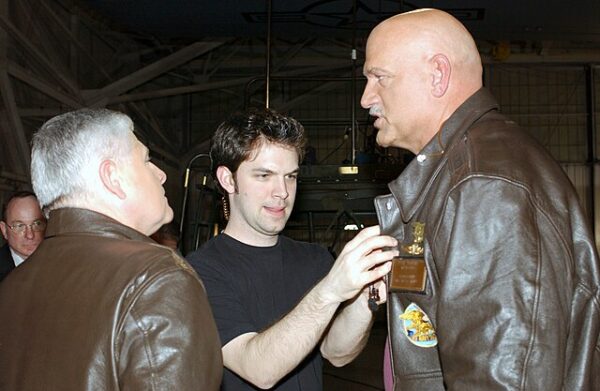On July 28, 1935, a four-engine plane took a test flight from Boeing Field in south Seattle. When it rolled out of Boeing’s hangar, the company labeled it Model 299, but a newspaperman named Richard Smith dubbed the new bomber due to its many machine-gun mounts, the “Flying Fortress.”Rhe U.S. Army Air Corps labeled the plane the B-17, and it helped change the way wars are fought forever.
Boeing writes, “In response to the Army’s request for a large, multiengine bomber, the prototype, financed entirely by Boeing, went from design board to flight test in less than 12 months.
The B-17 was a low-wing monoplane that combined aerodynamic features of the XB-15 giant bomber, still in the design stage, and the Model 247 transport. The B-17 was the first Boeing military aircraft with a flight deck instead of an open cockpit and was armed with bombs and five .30-caliber machine guns mounted in clear “blisters.”
The first B-17s saw combat in 1941, when the British Royal Air Force took delivery of several B-17s for high-altitude missions. As World War II intensified, the bombers needed additional armament and armor.
The B-17E, the first mass-produced model of the Flying Fortress, carried nine machine guns and a 4,000-pound bomb load. It was several tons heavier than the prototypes and bristled with armament. It was the first Boeing airplane with the distinctive — and enormous — tail for improved control and stability during high-altitude bombing. Each version was more heavily armed.”
One of the B-17’s most notable features was its defensive armament. It was heavily armed with multiple .50-caliber machine guns strategically placed throughout the aircraft to fend off enemy attacks from all angles.
Originally created for American coastal defense, the Air Mobility Museum writes, “the B-17 Flying Fortress became famous for the long daylight bombing raids over Europe in WWII,” notes the Air Mobility Museum. “While it lacked the range and bomb load of its contemporary B-24 Liberator, the B-17 became the more famous of the two due to the many tales of B-17s bringing their crews back home despite heavy damage. With up to thirteen machine guns, the B-17 seemed to be genuine flying ‘fortress in the sky.'”
In the Pacific theater, the bombers struck fear into the heart of the Japanese for the damage it brought to American enemies, who called them them ‘four-engine fighters.’ The Fortresses were also legendary for their ability to stay in the air after taking brutal poundings.
The B-17’s impact extended beyond World War II, as it played a vital role in post-war military operations and served as a research and test platform for various technological advancements. The United States built 12,731 B-17s built between 1936 and 1945.
Today, the B-17 Flying Fortress remains an enduring symbol of American aviation history and a testament to the bravery and dedication of the men who flew and maintained these legendary aircraft during the war. Several restored B-17s can still be seen flying at airshows and events, keeping the memory of this iconic aircraft alive for future generations.






